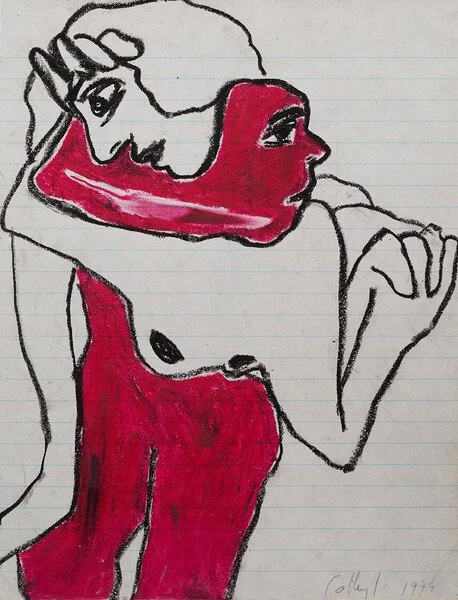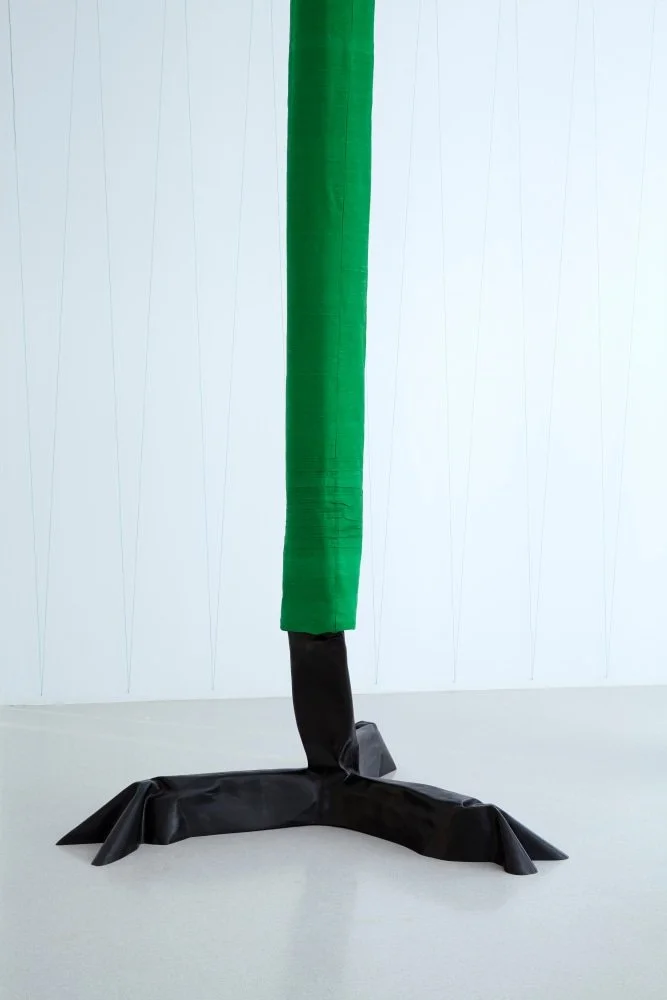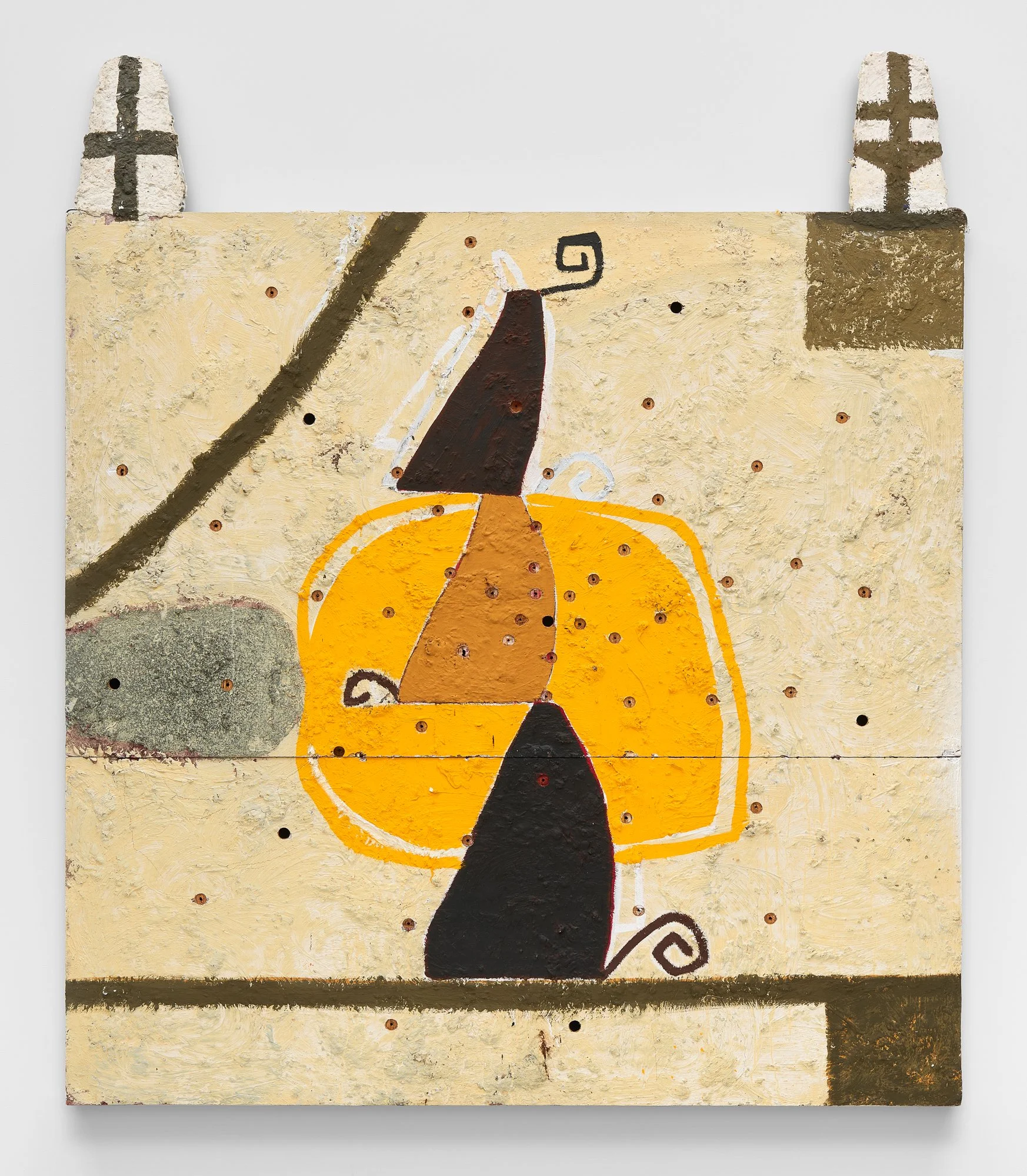Trevor Paglen
Pace Gallery
New York, 540 West 25th Street
Paglen, whose rigorous practice spans photography, sculpture, video, and installation, is known for his investigations of invisible phenomena and forces, including technological, scientific, socio-political, and historical subjects. Through his work, Paglen has explored artificial intelligence, surveillance, data collection, and militarism in America, meditating on the ways these issues influence modes of perceiving and relating to the natural world, from the landscapes of the American West to the cosmological realms beyond the Earth.
His upcoming exhibition with Pace in New York will bring together five new bodies of work. Issues of subjectivity and deception will course through the show, which will include a selection of photographs of “unids,” or “unidentifieds”—the many hundreds of unknown objects in orbit around the Earth that are monitored and tracked by the US military—captured by the artist using infrared telescopes in remote locations. In his methodical and highly technical process for creating these images, Paglen uses specialized software and hardware to locate and photograph objects in the sky. Atmospheric and mysterious, the resulting skyscapes show the light trails of “unids,” drawing out the abstracted, textural qualities of the cosmos. The look of the artist’s photographs is inspired by the work of 19th century artist Gustave Doré, especially his etchings of Paradise Lost.
Detail of new work by Trevor Paglen, 2023 © Trevor Paglen
Paglen’s presentation will also feature two large-scale sculptures that reflect his longstanding engagement with deception operations. One of the artist’s new sculptures on view in the show is inspired by the “challenge coin” used by the US army’s Military Information Support Operations (MISO) command, previously known as PSYOP. This circular, wall-mounted work—composed of steel, bullets, resin, and other materials—depicts a haunting skull at its center surrounded by a Latin translation of a slogan widely used in PSYOP units: “You’ve just been fucked by PSYOPS. Because physical wounds heal.” A second message for viewers to decode on their own is inscribed along an outer ring of the sculpture. This work aligns with Paglen’s interest in the ways that psychological influence operations developed by the US military are utilized in advertising, political campaigns, social media, and artificial intelligence.
The second sculpture in the show is inspired by a class of objects developed by the CIA and US military to conduct unusual surveillance operations in foreign airspace. The shapes of these so-called “palladium” objects echo those of the many UAPs sighted and reported in the last few years. Bearing radar signatures completely different from their physical forms to spoof other countries’ surveillance systems, these objects have been used by the CIA and military to collect electronic signals from foreign radar and surface-to-air missile systems to learn about their frequencies and capabilities. Paglen’s mirror-reflective, freestanding sculpture takes its dynamic, abstract shape from an airborne radar reflector patent dating to 1945.
A new video installation in Paglen’s exhibition spotlights disinformation operative Richard Doty, who worked for Air Force Intelligence in the 1980s. In the film, Doty describes his work targeting UFO researchers as part of military disinformation operations as well as the “real” top-secret extraterrestrial technology program that he says continues to this day. During his time at Kirtland Air Force Base in New Mexico, Doty supplied fake documents to UFO investigators, purporting to tell the “truth” about government involvement with extraterrestrials. An unreliable narrator who oscillates between skepticism and certainty, Doty discusses the craft of disinformation and reports his encounters with crashed UFOs and alien beings in Paglen’s new film installation.







